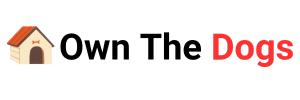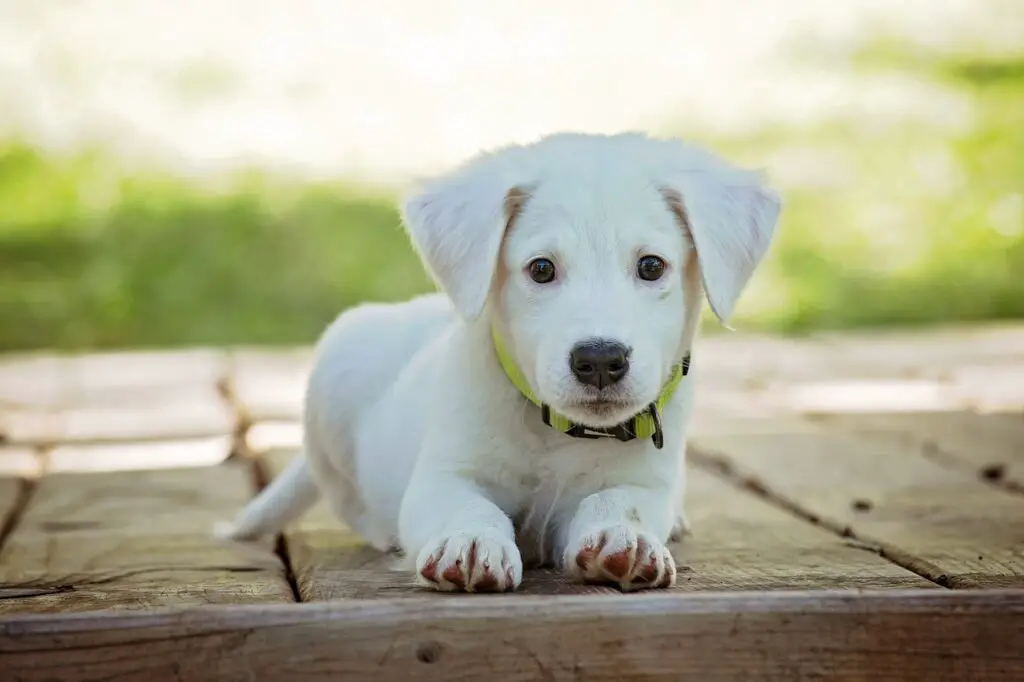Hey there, fellow dog lover! So, you’ve brought home a new bundle of joy in the form of a 6-week-old puppy. That’s awesome! Now, I know you want to make sure your furry friend grows up to be well-behaved and obedient. That’s where training comes in.
In this guide, I’m gonna spill the kibble on how to train your little pup like a pro. Whether you’re a first-time puppy parent or looking to up your training game, I’ve got your point. So, grab a treat, get comfy, and let’s dive into the wonderful world of puppy training! Read how to train a 6 week old puppy below in this article;
How to train a 6 week old puppy
The Importance of Early Training
Now, you might be thinking, “Isn’t 6 weeks too young to start training?” Well, let me tell you this—it’s actually the perfect time to begin shaping your pup’s behaviour.
At this age, puppies are like little sponges, ready to soak up all the knowledge and skills you can offer. By starting early, you’ll not only teach your pup some basic commands, but you’ll also build a bond of trust that’ll last a lifetime. So, let’s wag our tails and get into the nitty-gritty of training a 6-week-old puppy!
Preparing for Training
Before we dive into the actual training sessions, we need to set the stage for success. Here are a couple of things you’ll need to do:
Setting Up a Safe and Comfortable Environment
First things, we need to create a safe haven for your adorable furball. Choose a designated area—a puppy-proofed room or a cosy crate—where your pup can relax, play, and have access to food and water. It’s crucial to remove any potential hazards or distractions that might derail your training efforts. We want Fido’s attention fully focused on you, right?
Gathering Essential Training Supplies
Now, let’s talk about the tools of the trade. To train your 6-week-old peperino, you’ll need a few things:
- Collar and Leash: Go for a lightweight collar and a leash that suits your puppy’s pint-sized frame.
- Treats: Opt for small, soft treats that are easy for your pup to nibble on and can be used as rewards during training.
- Chew Toys: Keep your pup’s teething in check with a variety of safe chew toys. These will not only save your furniture but also keep your pup entertained.
- Clicker: A clicker can be a handy tool for marking desired behaviours and reinforcing positive actions. It’s like giving your pup a thumbs-up!
Training Techniques for how to train a 6 week old puppy
Now, let’s get to the meaty part—training your adorable ball of fluff! Here are some techniques to get you started:
1. Socialization
Socialization is like giving your pup a passport to the world. It’s all about introducing them to different people, animals, sounds, and environments. This helps them develop confidence and adaptability. Here’s how you can do it:
Positive Exposure
Take it slow, my friend. Start by gradually introducing your pup to new experiences in a positive and calm manner. Begin with controlled environments before venturing into more challenging ones. Remember, we want this to be a positive experience!
Meeting People
Encourage your puppy to interact with all sorts of humans—family members, friends, and even strangers (the friendly ones, of course). Reward their calm and friendly behaviour with treats and praise. Who doesn’t love a little treat now and then?
Playdates
Set up playdates with other well-vaccinated and friendly dogs. It’s like a furry party where your pup can learn proper social skills and understand doggy body language. They’ll be the life of the dog park!
Handling Exercises
Get touchy-feely with your pup. Gently handle their paws, ears, and body to accustom them to being touched. This will make grooming and veterinary visits a breeze in the future. Good boy!
2. Basic Commands
Now, let’s move on to teaching your pup some basic commands. These commands create structure, ensure safety, and improve communication between you and your four-legged buddy. Here are a few to get you started:
Sit
Grab a tasty treat and hold it close to your pup’s adorable nose. Slowly raise the treat above their head, and as their nose follows, their little bottom will naturally lower. Once they’re in a sitting position, say “Sit” and reward them with the treat. It’s all about the treating power!
Stay
Ask your pup to sit, then extend your hand in front of their cute face and say “Stay” while taking a small step back. If they hold their sitting position, shower them with praise and another treat. You’re teaching them patience, my friend!
Come
Picture this: You crouch down, open your arms wide, and use your most enthusiastic voice to say, “Come!” Make it enticing by patting your legs or making kissy sounds. When your pup comes bounding to you, shower them with treats and affection. Love and treats—what a combo!
No
Uh-oh, looks like your pup is up to some mischief. Time to use your firm, but not harsh, voice to say “No.” Redirect their attention to a more appropriate activity and reward them when they switch gears. Positive reinforcement is the name of the game!
3. Housetraining
Ah, the joys of housetraining! With a little patience and a whole lot of consistency, you can teach your 6 week old pup where to do their business. Follow these steps for success:
Establish a Routine
Puppies thrive on routine, so set a regular schedule for feeding, playtime, and bathroom breaks. They’ll quickly catch on to the routine and learn when to expect those much-needed potty breaks.
Supervision
Keep an eagle eye on your furry friend. Watch out for signs like restlessness, sniffing, or circling, which indicate they need to go outside to do their business. Time to grab that leash and head for the great outdoors.
Promptly Go Outside
After meals, naps, play sessions, and waking up in the morning, whisk your pup away to their designated potty area outside. Use a cue like “Go potty” to help them associate the command with the desired behavior. Nature’s calling!
Positive Reinforcement
When your little ball of fur does their business in the right place, shower them with praise and a tasty treat. Positive reinforcement helps them understand what’s expected of them and makes them feel like the superstar they are!
The Power of Positive Reinforcement
Let’s take a moment to talk about the magic ingredient in all successful training endeavors—positive reinforcement! This powerful technique involves rewarding good behavior to encourage its repetition. Here’s why it’s the bee’s knees and how you can make the most of it:
Motivation
Positive reinforcement makes training a real treat (pun intended!). By associating rewards with desirable behaviors, your pup will bemotivated to participate eagerly in training sessions. They’ll be wagging their tails and ready to show off their skills!
Timing
Timing is everything, my friend. When your pup performs a desired behavior, make sure to deliver the treats and praise immediately. This helps them make the connection between the action and the reward. It’s like giving them a high-five right when they nail it!
Consistency
Consistency is key in the world of training. Be consistent with your rewards and praise. This clarity helps reinforce what behaviors are desired and helps your pup understand your expectations. Plus, who doesn’t love a predictable routine?
Varied Rewards
Let’s keep things exciting, shall we? Use a variety of treats and praise during training sessions. Mix it up! Experiment with different types of treats to figure out what gets your pup’s tail wagging the fastest. A little variety goes a long way!
Gradual Phasing
As your pup becomes more skilled in their training, you can start reducing the frequency of treats while still providing verbal praise and occasional rewards. It’s like leveling up in the training game. Gradually wean them off treats while keeping the praise flowing.
Conclusion
Congratulations on embarking on this exciting journey of training your 6 week old puppy! Remember, it’s all about patience, consistency, and a positive attitude. By socializing your pup, teaching them basic commands, nailing housetraining, and using the power of positive reinforcement, you’re setting the stage for a well-behaved and happy canine companion.
So, grab those treats, put on your training hat, and enjoy the wonderful moments you’ll share with your furry friend as you watch them grow and learn. Happy training, my fellow dog enthusiast!


